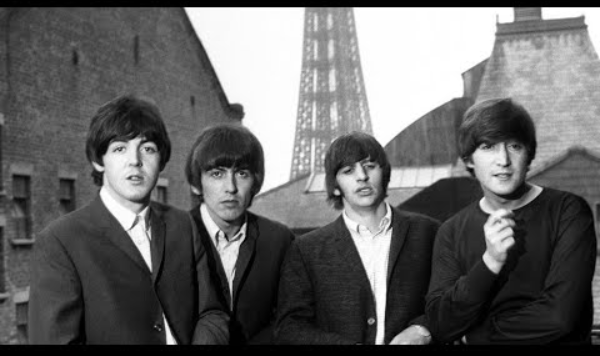The year 1970 marked the official end of The Beatles, a band that had defined an era and reshaped the music industry. While the breakup might be etched in the minds of fans, the real conclusion to their collaboration occurred a year earlier, in September 1969. In a candid conversation, John Lennon informed Paul McCartney about his decision: “I wasn’t going to tell you, but I’m breaking the group up.”
For those who cherished The Beatles’ live performances, the disappointment had set in years before, precisely in the summer of 1966. That year marked the last time the band embarked on a tour with multiple stops, culminating in their final show at San Francisco’s Candlestick Park on August 29.
The decision to halt their tours might seem perplexing, especially for a band experiencing unprecedented popularity. However, a closer look at the circumstances reveals the reasons behind this choice.
From Beatlemania to a ‘Freak Show’: The Mid-’60s Challenges
The Beatles’ experiences on the road during the mid-’60s were far from glamorous. Their last ride to the Candlestick Park gig in an armored car was far from comfortable; the band members tumbled inside the vehicle due to the absence of seat belts. Paul McCartney described it as a bizarre, sci-fi-like experience. More significantly, the deafening screams of their fans drowned out the music on stage. Ringo Starr recalled having to watch the band members’ movements to stay on beat, while Lennon improvised humorous lyrics to keep himself entertained. The once-thrilling concerts had turned into what Lennon called a “freak show,” characterized by poor sound quality and creative dissatisfaction.
View this post on Instagram
Growing Dangers and Security Concerns
Beyond the discomfort, The Beatles faced growing dangers on their tours. During their visit to Asia in July 1966, they had to physically fight their way out of the Philippines, confronting angry nationalists to ensure their safe departure. The challenges continued when they returned to America, where controversy stirred over Lennon’s remark that The Beatles were “more popular than Jesus.” This statement triggered a frightening backlash, especially in the South, where Ku Klux Klan members openly threatened the band on television. At various tour stops, protesters expressed their offense, leaving Lennon deeply disturbed.
“I didn’t want to tour again, especially after having been accused of crucifying Jesus when all I’d made was a flippant remark, and having to stand with the Klan outside and firecrackers going on inside,” he said. “I couldn’t take any more.”
These incidents, coupled with the creative dissatisfaction and the band’s evolving musical direction, led to the decision to focus on studio work. The period following their final tour saw The Beatles entering a groundbreaking phase, starting with the iconic album “Sgt. Pepper’s Lonely Hearts Club Band.” In retrospect, the cessation of tours marked a turning point, enabling The Beatles to explore new creative horizons and leave behind an enduring legacy.
In essence, the decision to stop touring was a complex interplay of creative aspirations, exhausting experiences, and genuine concerns for personal safety. While it saddened fans at the time, it paved the way for The Beatles to redefine their musical identity and become legends in the annals of music history.

